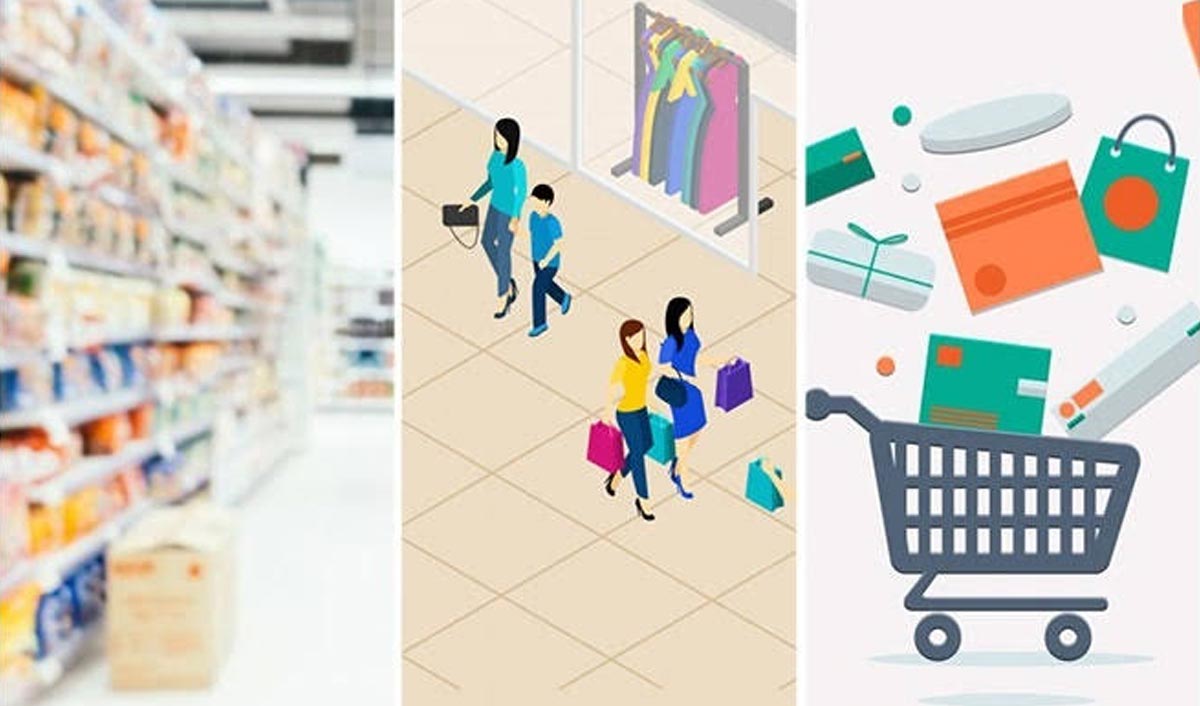Consumer – Retail Disruption Point

There is a particular moment when the expectations are not in line with what a retailer thinks the customer wants.
We bought new living room furniture. But we were at a loss for what to do with the existing ones. We went back home, logged online and ordered furniture, with a deal to take back the older lot.
There have been times when I’ve waited forever for a salesman to assist me with a product, just to leave and get the answers I needed far more quickly and easily on the internet.
Definition
Currently, in every industry, there exists a Disruption Point, or the moment at which the company’s products and services, and consumer expectations collide. If they don’t find a solution soon, it might be the death knell for the business’s existence.
Many want to imagine that the end of offline retail is here and now. Companies like Flipkart, Amazon, Ajio, etc., are destroying the retail sector. Customers’ expectations nowadays are dynamic and environment-dependent. The requirements of consumers are always evolving, but many in the retail business are not equipped to meet those changes. The customer, not the marketplace, is the true disruptor.
Challenges
- The problem is that most shopping encounters are soulless and focused only on selling products. To adapt to the needs of modern consumers, they must undergo a digital transformation. They have to change the way they do business entirely, which means investing in new technologies. Therefore, a transformation is often an extended process.
- These days, shoppers at department stores are looking for more than simply products; they want an immersive experience. The newest products, styles, and more are of particular interest. They seek a different kind of experience with the items. They want to have a good day and enjoy themselves while shopping. They want interaction with professionals who are well-versed in their field and enthusiastic about delivering outstanding service.
- Although it may be difficult to achieve a seamless experience, customers need a frictionless experience that connects the digital and real worlds. It doesn’t take much effort to install a kiosk that displays and describes in detail the products carried by the store but whose details the sales staff has forgotten.
- The problem is that when faced with the Disruption Point, most businesses react by prioritising technological advancements above consumer needs. Technology is often used just for the sake of using it. Tech isn’t valued for its ability to streamline processes, but rather as a badge value. Instead of investing in trying out novel consumer experiences, they make large investments in technology that take years to bear fruit. That may not scale well at first, but it would provide a strong foundation for the future.
- Customers now anticipate individualised service in brick-and-mortar stores, much as they enjoy their online shopping and research experiences. Wouldn’t it be great if a store clerk remembered your name and shopping preferences?
- Customers anticipate having access to a group of people who can assist them in making a well-informed choice, much like they do on social media platforms. I have personally seen consumers researching product reviews online before making a purchase.
Conclusion
The Disruption Point will continue to exist, but evolve as a result of shifting consumer preferences. Continuous testing and learning to adapt at the pace of our customers is the best way to deal with the Disruption Point.



